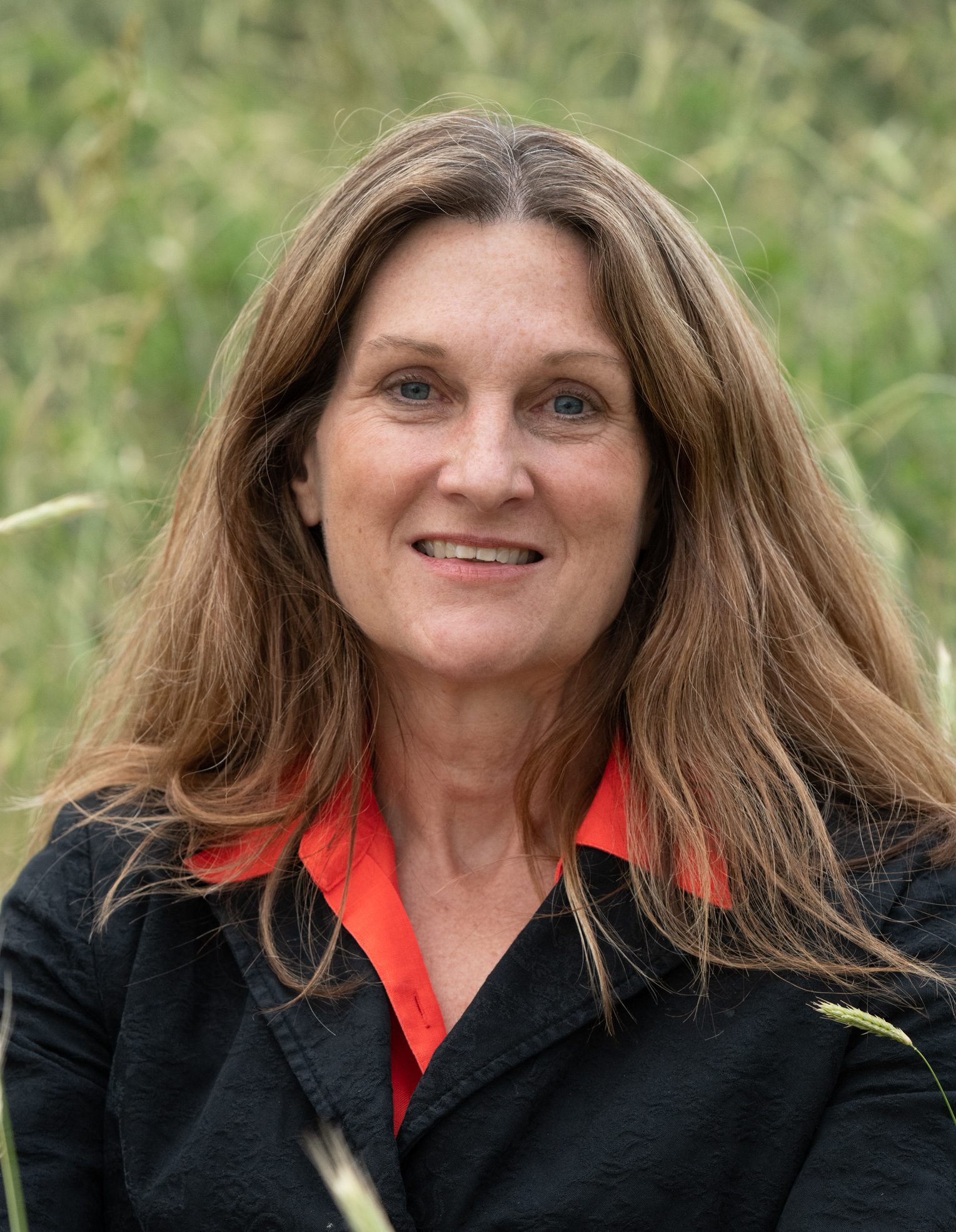One Health is a concept that has been around for more than a century, since physicians in the 1800’s realized that animal and human diseases had a lot of similarities. One Health initiatives have regained traction in the last several decades and have expanded in purpose and scope. This concept was highlighted at Colorado State University (CSU) eight years ago with the formation of a One Health Institute (OHI) which has played a role in connecting scientists and policymakers in crafting local, science-driven solutions for urban development. ESAL had the pleasure of speaking with Professor Susan VandeWoude, director at OHI to learn more about their initiatives.
RD: What does the OHI aim to do?
VandeWoude: Alongside advancing translational science to support the advancements for the health of animals and humans, we also focus on issues at the intersection of human, animal and environmental factors. One prime example of One Health has been the COVID-19 pandemic, where scientists and policymakers endeavored to use multidisciplinary approaches to try and prevent and mitigate the impact of COVID-19. In addition to CSU OHI projects with the city of Fort Collins, we aim to communicate science and run courses to bring together an interdisciplinary team of students to learn from experts and form solutions on a range of topics relating to human, animal, and environmental health.
RD: What is the One Healthy City Project about?
VandeWoude: CSU faculty conducted a lecture series with participants from Fort Collins, which focused on how the urban planning process could incorporate One Health concepts. This course culminated in a design charette with teams of students working virtually to come up with ideas to promote One Health concepts in redevelopment sites around the city. This course resulted in the development of the One Healthy City Project which aims to support One Health initiatives within Fort Collins.
We hope to develop projects the city will adopt. These include plans such as conducting an audit of the nature of the city’s guidance for developers, helping to define what nature in the city means, and other projects that consider factors that relate to human, animal, and environmental health. We have recently initiated another project with the city that relates to West Nile virus monitoring and control, for example.

Susan VandeWoude
RD: Were there many stakeholders within the city you had to communicate with?
VandeWoude: The West Nile virus project has resulted in collaboration among seven different CSU labs, the CDC, the City of Fort Collins, Larimer County, and Colorado Public Health departments. The communication has been very organic and has attracted genuine interest from numerous stakeholders. Our weekly seminars included attendees from a range of organizations and interest groups.
RD: What has helped maintain the One Healthy City Project?
VandeWoude: We have focused on communicating the science to all our stakeholders! We have worked with facilitators with expertise in the science of team science. This group includes sociologists who facilitate interactions between disciplines and groups that use different languages and have different goals in order to level the playing field. They have helped to eliminate barriers by removing the sense of competition and showing unified visions where everyone recognizes they are part of the same team. We provide this platform for discussion and group work to ultimately achieve the aims of One Health.
RD: What inspired the development of the OHI course?
VandeWoude: The OHI course covered One Health factors within a city setting which helped cement our relationship with the city and provided exposure to students who were eager to participate in solutions for their community. This helped develop a student workforce with a range of backgrounds which became empowered to develop unique ways and applied solutions to create change! The city was able to access this talent, and their diverse backgrounds make them an asset to serve the aims of the One Health concept.
RD: How did COVID-19 impact the work at the Institute?
VandeWoude: Given that COVID-19 was impacting vulnerable communities that have poor preventative health care, we believe One Health solutions would be very impactful in communities that are underserved. We focused on developmental projects in these areas of the cities as they usually have the least natural areas and an urban environment. These communities would gain from the infusion of more natural environmental features such as better access to parks and trees, alongside more wildlife habitats within their areas.
RD: What are the long-term aims for the OHI?
VandeWoude: OHI promotes interdisciplinary teams to assist around concepts of one health within the city, regionally, and globally. We help individual units, such as engineering, agriculture, natural sciences, natural resources, and health professionals to develop interdisciplinary ties and expertise. OHI aims to serve as that platform for communication, developing brand applications and websites and teaming events so groups with diverse interests can develop projects together! To bring us closer to this aim, our long-term goal is to develop infrastructure that is successful at interdisciplinary teaming to come up with great solutions!
RD: What advice do you have for scientists and engineers who want to get involved?
VandeWoude: There is an organization called the One Health Commission which has a great repository for information about One Health workshops, trainings, and conferences. One Health Day is on November 3rd which many organizations will use as a platform for information sharing, and which will provide information about ways to get involved! Many institutes have One Health institutes similar to CSU, but the breadth of One Health problems are institutionally unique. There is a wide range of very important One Health projects and I encourage people to find out more and participate.
Are you involved with an organization or effort that you think might be of interest to the ESAL community? Or have heard about an organization or initiative that you’d like to learn more about? Let us know here, and we may feature it in a future post.